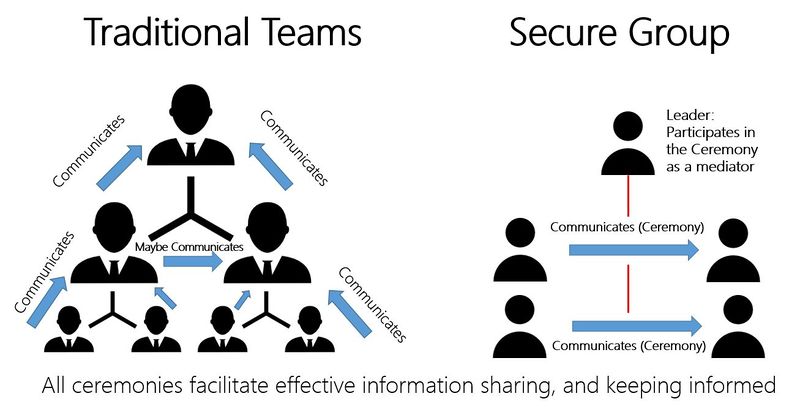Team Management
Our Team Management process is all about how our teams work.
We already established that we want to enforce Strategic Management in our business. We also mentioned that we believe in providing Context, Not Control and that our Leadership style enables us to do that.
Our teams are growing at a very fast pace and we sell a niche product to a global audience. In this situation, it can be a challenge to provide everyone with the right context. How can we address this challenge?
The way we manage our teams is by having a balance between Strategic Management and Leadership. Our leaders need to be strategic and manage with goals in mind. They must follow some basic principles for this:
- There is a need for accountability to meet deliverables
- Deliverables must be followed up
- Leaders exist in our structure to help and coach.
At the same time, they must provide context to employees by:
- Identifying employees in need of help or who are underperforming
- Recognizing and encouraging high performers and possible future leaders
- Motivating teams through empowering, not micromanaging.
Another challenge to the management process is the risk of data breaches and information leaks. Therefore, we need to have accountability between teams and individuals, through processes which are not enabling any risks to data.
Teams Structure
Our team structure is made out of Divisions, Departments, and Teams.
Division
A Division is composed of teams and departments and acts as a separate entity. It is managed by a Level 3 or Level 4 manager who ensures optimal performance and helps and coaches employees.
Department
A Department is composed of a group of frameworks separated into teams. It is managed by a Level 2 manager who is responsible for growing the teams and for maintaining its documentation in the relevant Confluence space and Jira project.
Team
Teams compose a Department. For example, the HR team and Operations team form the HR & Operations Department. Teams are managed by a Level 1 manager (responsible for coordinating the processes) and a Level 2 manager (who handles the team’s growth).
Ceremonies
To ensure communication and accountability and to minimize micro-management, we use structured touchpoints (also known as ceremonies) to keep our leaders, departments, teams, and divisions informed about everything happening in the company. The ceremonies help us to avoid chaos, broadcast information to all the members of a project, bring common goals and vision, share progress, and reduce dependency and communication issues.
Most traditional companies have a hierarchical, top-down structure of communication, in which the lower-level employees communicate with their leader/manager, who then shares information to their superior and to other managers connected to the project. This leads to slow communication and can result in some information being lost or changed in the process.
In Secure Group, we don’t use intermediaries and message carriers. Instead, every employee has the chance to talk directly to every other employee-related to their project to share information and updates, regardless of rank or Level. The role of the leader in this structure is not to pass messages around, but to guarantee that both parties reach an agreement that will help Secure Group reach its goals.

- Strategic Sessions
This ceremony refers to how teams collaborate and exchange ideas. The objective of these sessions is to solve problems and spark ideas and innovation to achieve our business goals. They are conducted by a manager and consist of two stages.
- Discussion stage 1: Problem Framing
The goal of this stage is to define a single problem statement, which needs to answer these questions:
- Who - Who has this problem? Can they validate that the problem is real? Can they prove it?
- What - What is the nature of the problem? What research or supporting evidence can be provided?
- Why - Why is the problem worth solving? What is the impact on the customer?
- Where - Where does this problem arise? Has someone observed this problem occurring?
- Discussion stage 2: Analysis of strategic goals and definition of initiatives to address the problem
This stage deals with defining how the problem impacts our strategic goals and how to find the best way to solve it.